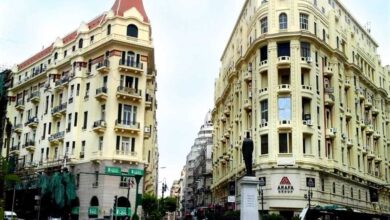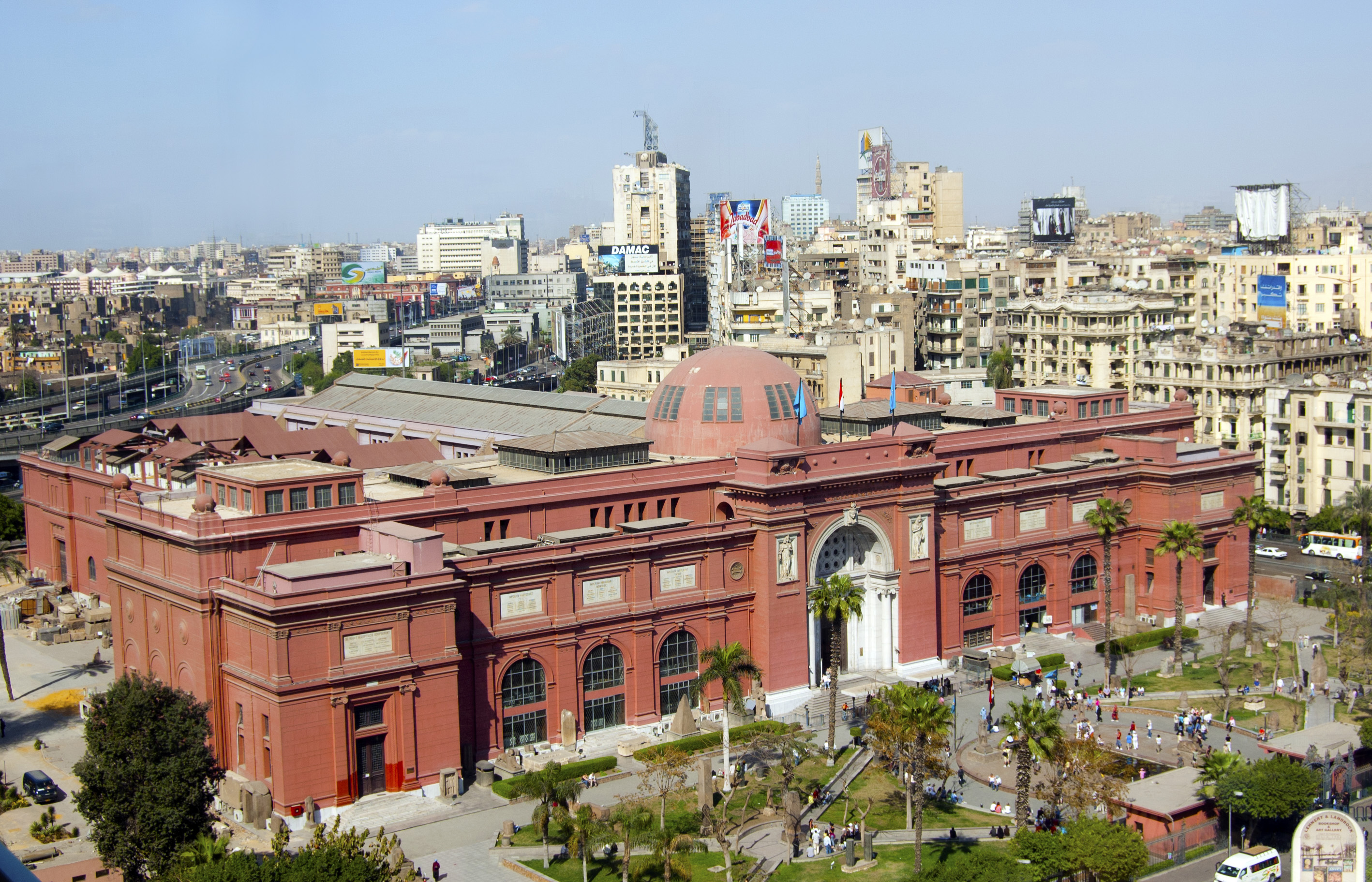
On 9 March, one year after military police forcefully dispersed a sit-in at Tahrir Square, arrested protesters and tried them in military courts, a group of artists and activists launched their five-day graffiti campaign "Drawing through Walls." A Facebook event was created, inviting people to join seven teams in painting “open streets.”
Over the past year, police and military forces repeatedly cracked down on protesters. Starting with the November Mohamed Mahmoud Street clashes, the Egyptian military has erected a number of barricade walls in the downtown area, creating a maze of dead cul-de-sacs in Cairo’s busiest district. Residents and local businesses have suffered as the public has steered clear of the flashpoint area.
Challenging the concrete structures, the artists prepared sketches of the streets on paper before they began working on the walls. Some sketches simply show the other side of the street, which most civilians, except for residents of the particular street, can no longer access. Others recreate scenes from the clashes, while some are hopeful and poetic.
Still, the process has not been very smooth. Few of the sketches capture the correct angle of the streets. Some of the artists had to climb to the top of the walls and use masking tape to mark out the lines drawn according to the right perspective. They wanted to make it look as real as possible.
In addition to established graffiti artists like Ammar Abu Bakr from Luxor, many amateur groups responded to the Facebook call. This small group working on Youssef al-Guindy Street is led by filmmaker Salma al-Tarzi (second from the left). None of them are graffiti artists, but they wanted to be part of this artistic campaign as a way of protest.
The past year has encouraged many people to express themselves through graffiti. Alaa Awad, who had made the pharaonic funerary drawings on Mohamed Mahmoud Street to mourn the Port Said martyrs, created an exciting drawing on the Qasr al-Aini Street wall. Along with fellow artists and friends, he recreated a drawing from the famous "Description of Egypt," a book that was housed in the Institut d’Egypte before it was set ablaze in the December clashes between the military and protesters just outside Tahrir Square.
Zeft, an engineering student who prefers to remain anonymous, is another active face who emerged over the past year. Working mostly with stencils, he created a beautiful and hopeful scene on Mansour Street, which witnessed much violence in February when police, ultras and activists clashed after the Port Said football violence. Zeft’s colorful rainbow and playing children are fun to look at. He told Egypt Independent that one of the main inspirations for this work is Banksy’s "Balloon Girl" painted on the separation wall in Palestine.
Although normal life hasn’t completely resumed in the area, the “Drawing through Walls” graffiti has definitely added color and warmth to the neighborhood’s side streets, many of which continue to be heavily guarded by security checkpoints. But the drawings seem to be inviting people to come close and interact with the walls and the streets in different ways.











